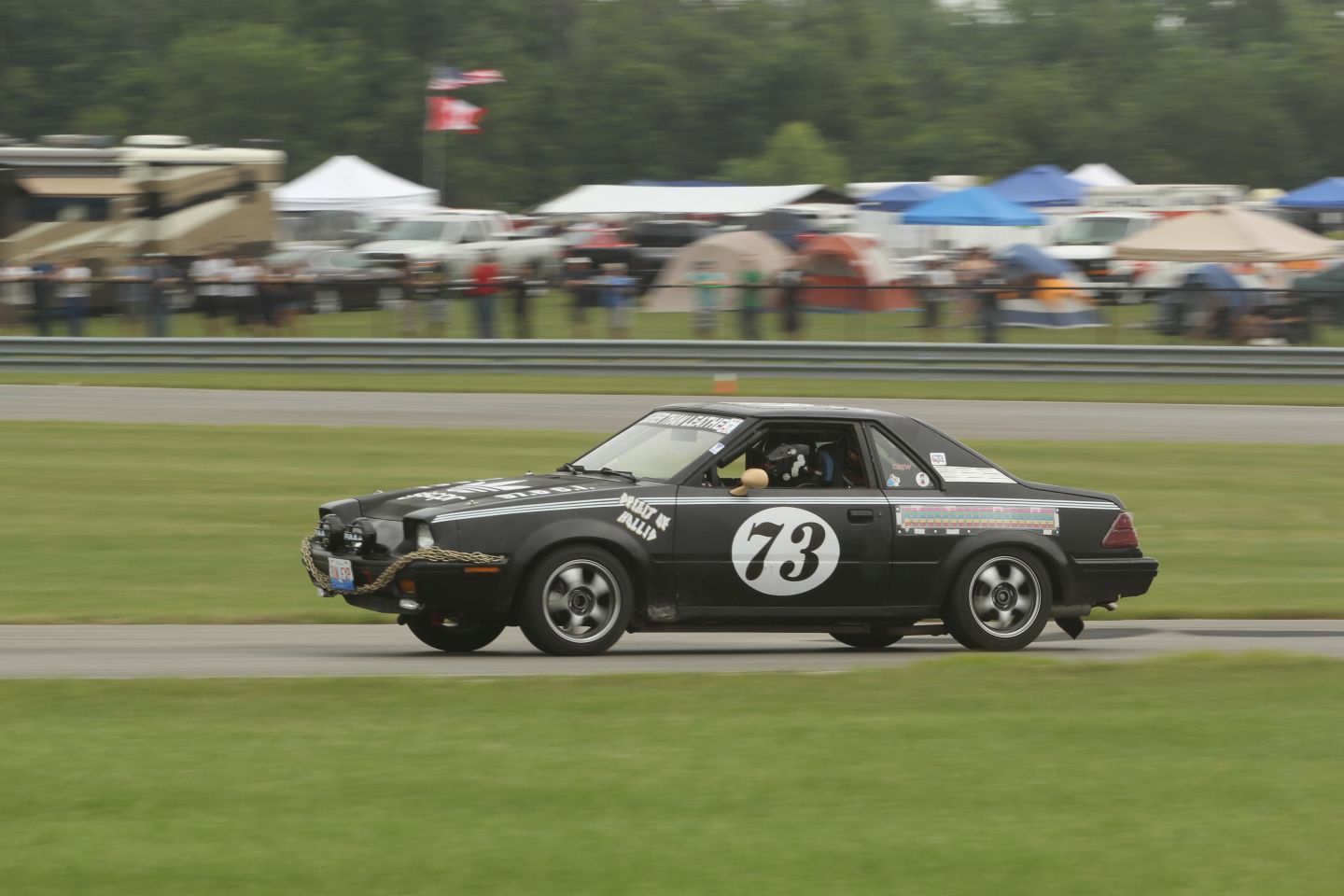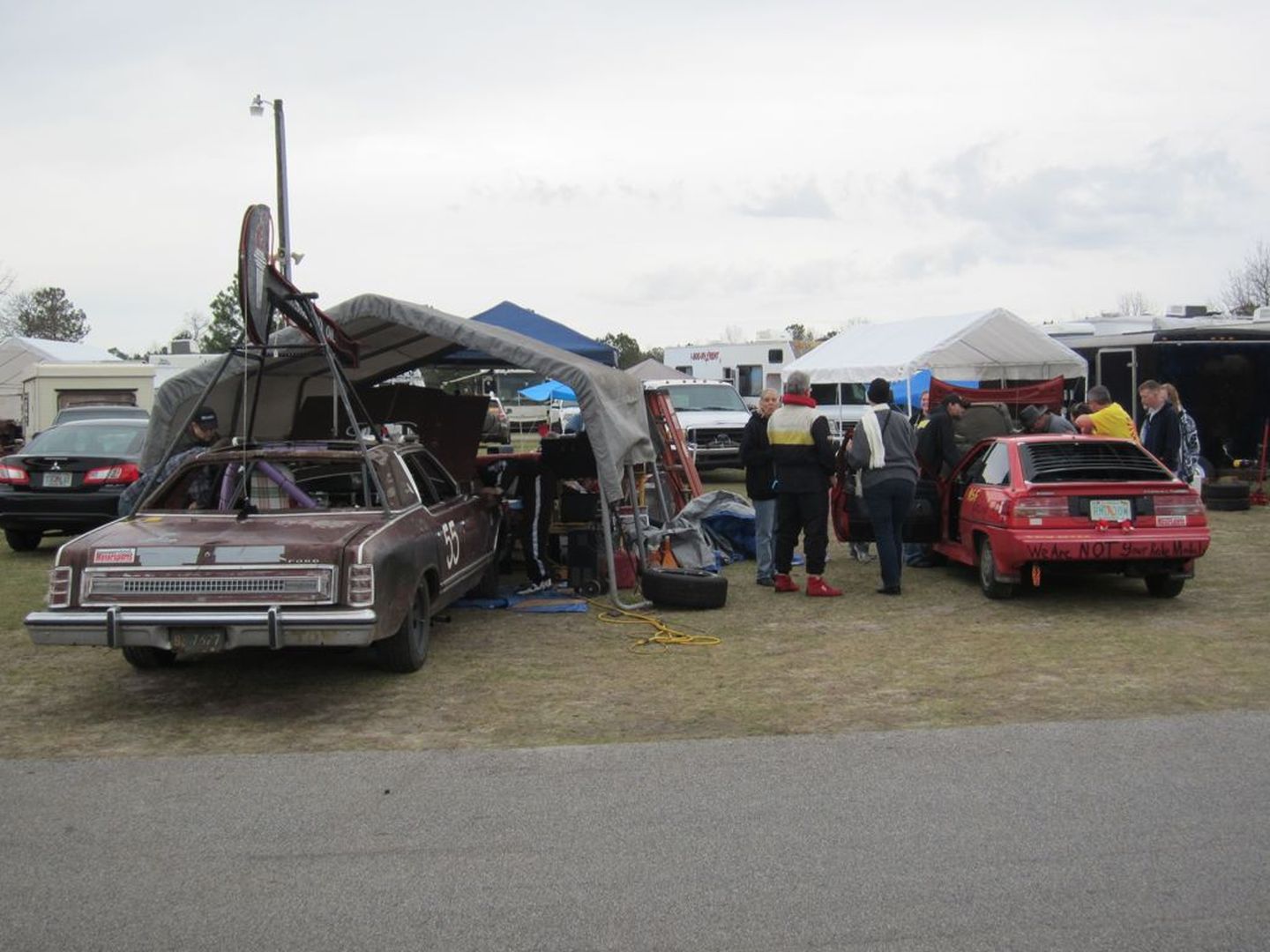
Squeeze ‘Em Again: 5 Crapcan Repeats Always Welcome in Lemons
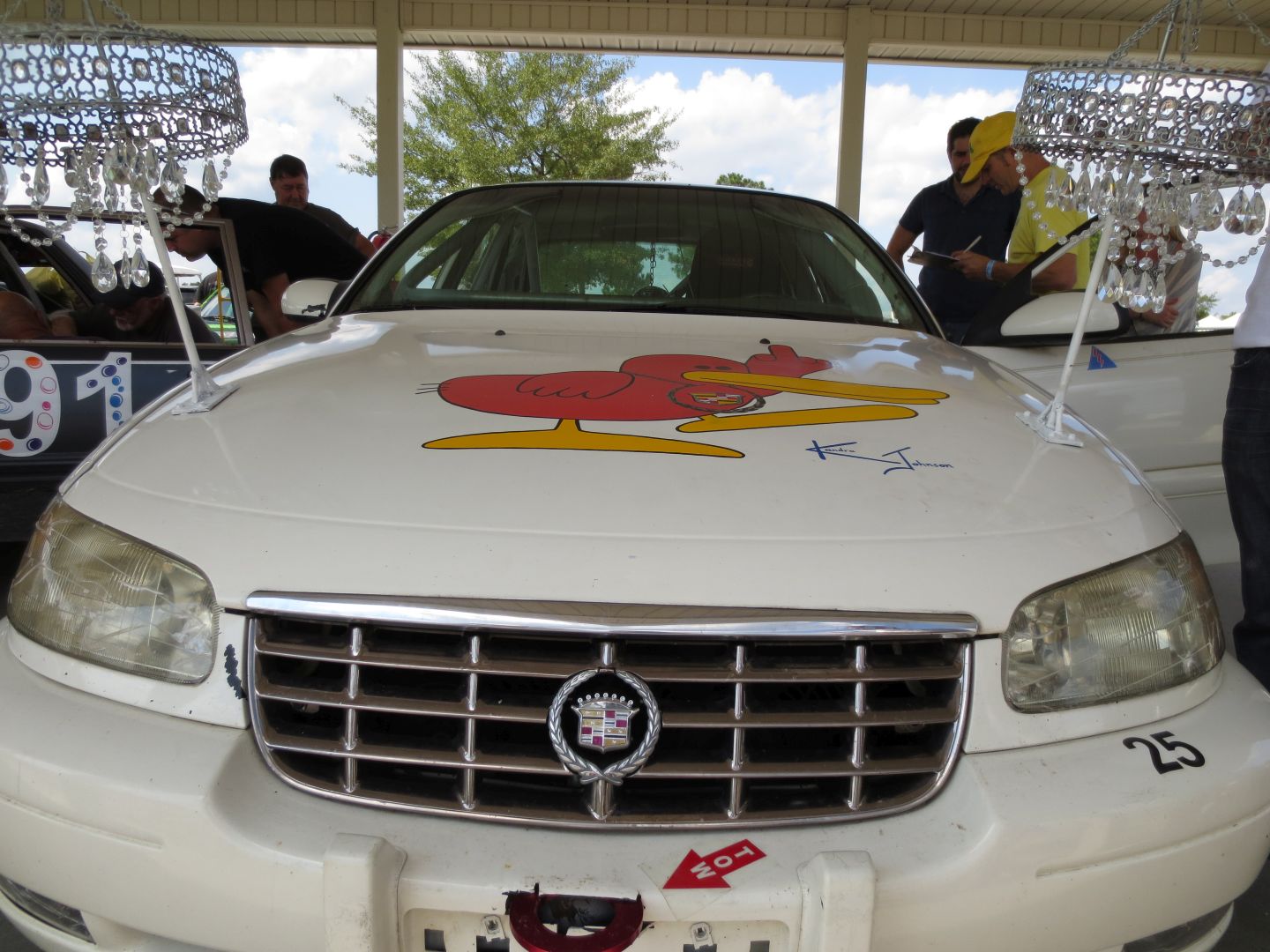
To date, the 24 Hours of Lemons Wish Lists that we’ve posted here have focused on cars we’ve never had. Suffice to say, that list remains long and we’re always happy to see just about any crapcan off those lists (See bottom of this article). However, this time around, we wanted to point out five cars we’ve had before in Lemons that we will always welcome.
1982-1987 Ford EXP
First-generation Ford Escorts—American ones, at any rate—are a rare sight these days despite selling in extraordinary volume in the 1980s. In its first three years of sales, Ford slung almost a million of the little econoboxes. Step Two of dominating the decade was supposed to take a page from the Chrysler K-Car playbook ahead of Lee Iacocca. Ford intended to turn basic transportation into a sporty two-seater, the Ford EXP. While the Escort still sold in droves, the EXP instead languished into obscurity. Ford built about 250,000 of them in a run of seven model years plus another 30,000 Mercury LN7, which lasted only two model years.
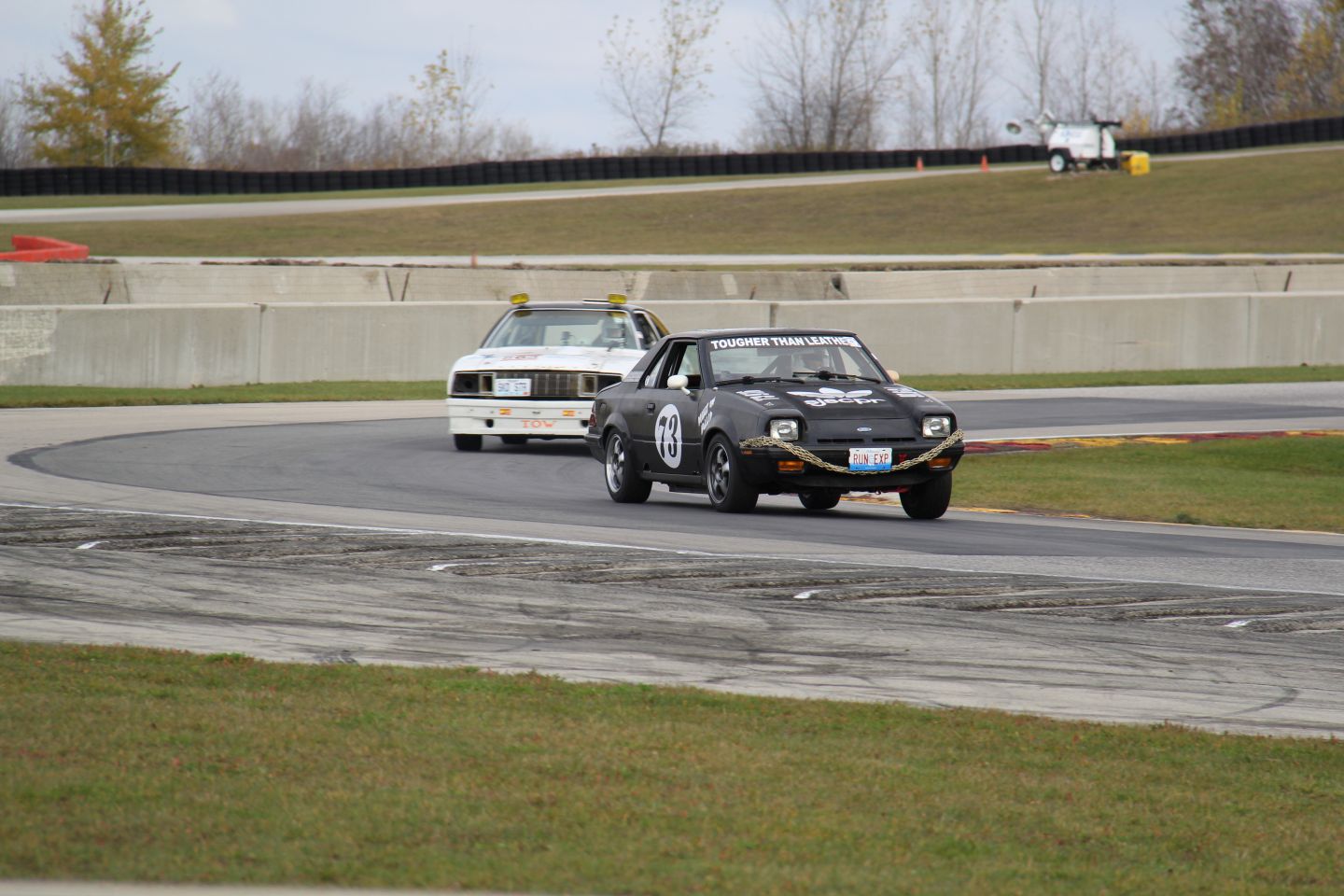
In the EXP’s early years, it shared almost all drivetrain options with the Escort. That included Escort GT engines with both a high-output 1.9-liter engine and a turbocharged 1.6-liter engine before that. The EXP was light at around 2,100 pounds and they have surprising endurance-racing provenance. Just before releasing them for sale, Ford pitted driver crews from Car and Driver in a Ford EXP against Road & Track in a Mercury LN7 at the Longest Day 24-hour race at Nelson Ledges in 1981. The R&T Mercury finished third place overall, which says more about the Malaise Era, perhaps, than the LN7’s capability.

To date, we’ve had exactly one Ford EXP from Sir Jackie Stewart’s Coin Purse Racing. The car was cobbled together from a couple of extremely rusty EXPs, but it debuted at Road America in 2013 with a bumping sound system in the trunk to accompany the team’s RUN EXP theme. The EXP generally proved tougher than leather and it came up with the Organizer’s Choice at its first race. We’ll gladly take a field of crapcan EXPs and LN7s, just sayin’.
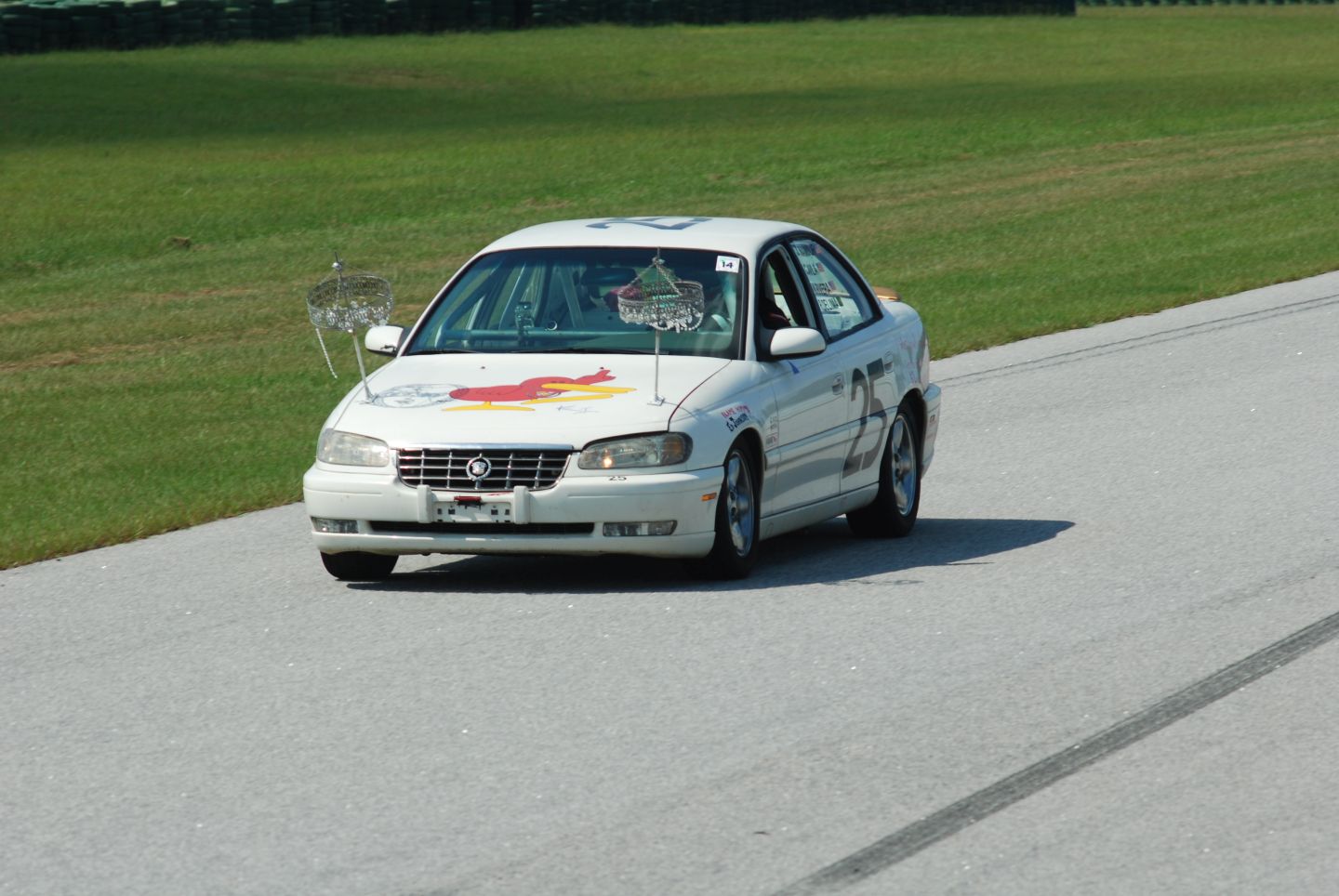
1997-2001 Cadillac Catera
Ah, the Caddy That Zigs. Like the EXP, street sightings today of the Catera are almost non-existent. Considering the Catera is 12-15 years newer, that speaks volumes about the durability of the Little Caddy. Before introducing the successful CTS models, Cadillac found themselves utterly outclassed in the 1990s by numerous sport sedans from Japan and Germany. In typical General Motors fashion, they slapped Cadillac badges and restyled body panels onto an Opel Omega.
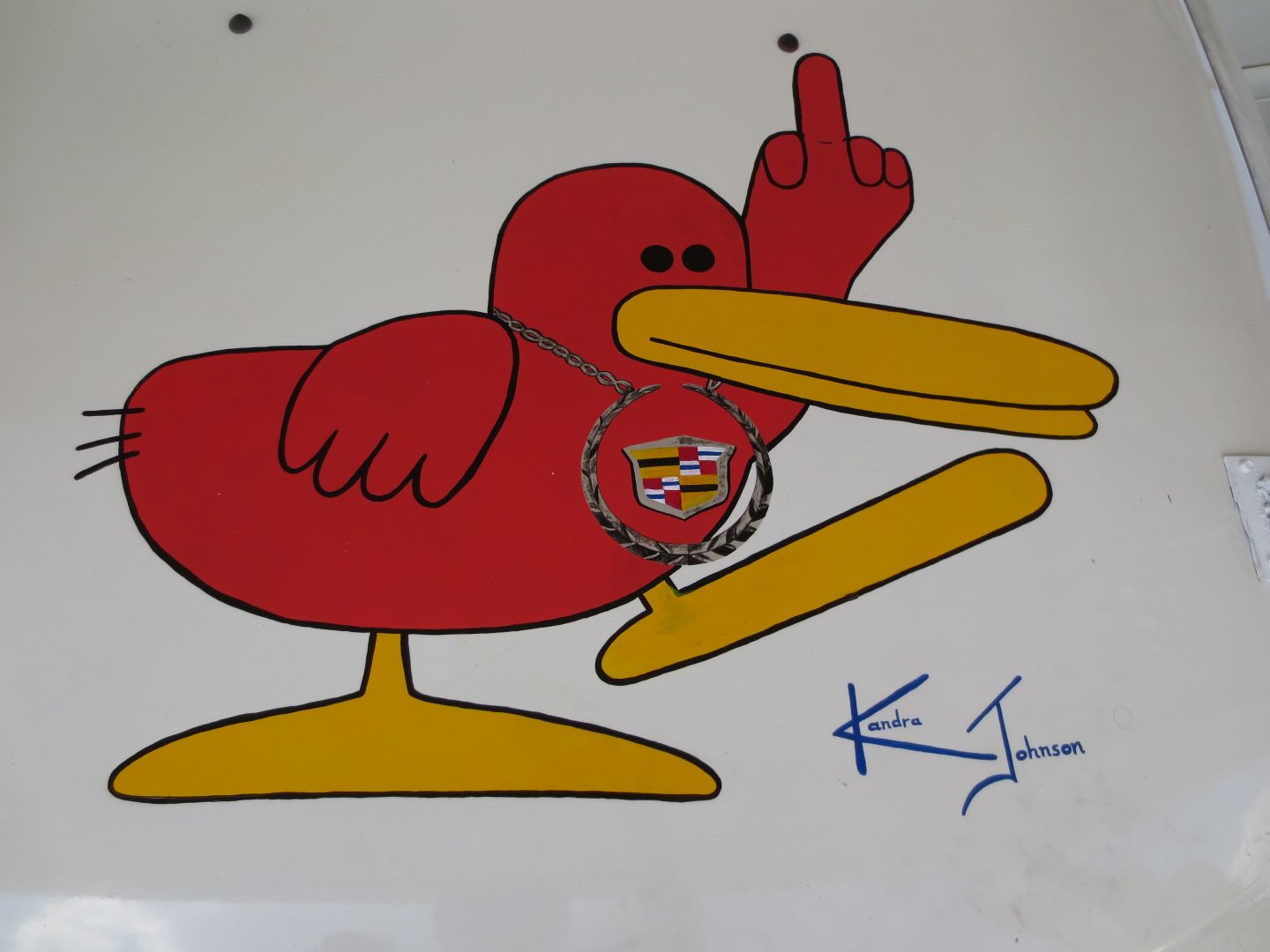
Built in Germany—although GM announced they would move production stateside with a never-to-come redesign—the Catera demonstrated that Opel was, indeed, the General Motors of Europe. The rear-wheel-drive layout with a 200-horsepower V6 theoretically competed with the Lexus GS300 and BMW E36. Nevermind that it weighed 700 more pounds than an E36 BMW, that the engines suffered catastrophic timing-belt failures, or that the French-built automatic transmissions—no manual option, sorry—remained likely to fail. It’s still primed for crapcan racing in Class C.
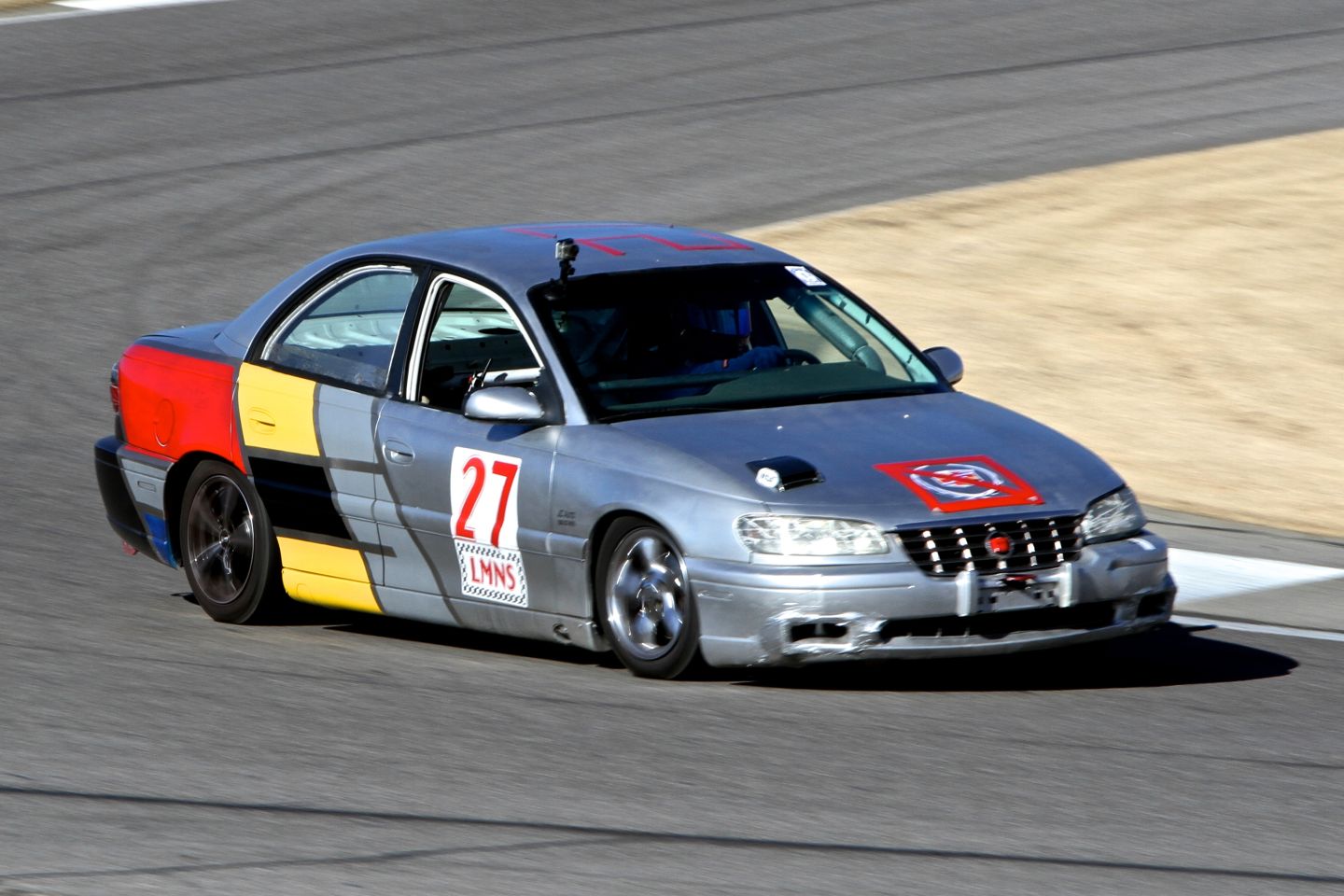
Again, Lemons has seen but one Catera, run by the Douchebags That Zig. Its performance on track was, shockingly underwhelming. However, they racked up an Organizer’s Choice for the proper “Ziggy” hood mural and the fender-mounted chandeliers. Most impressively, the Catera managed to hang together long enough to win Class C after about eight races! The team retired the Catera not long after that.

1989-1995 Dodge Spirit
The end of the line for Chrysler’s infatuation with turbocharged engines came in a surprising package: the otherwise-pedestrian Dodge Spirit. Perhaps owing to the same pressures for a sporty sedan as the Catera (although more likely intended to compete with the Ford Taurus SHO), Chrysler decided to roll the dice with the Spirit by introducing the 224-horsepower Spirit R/T in 1991 with a dual-overhead cam head, an intercooler, a beefy five-speed gearbox, and a redesigned body kit.
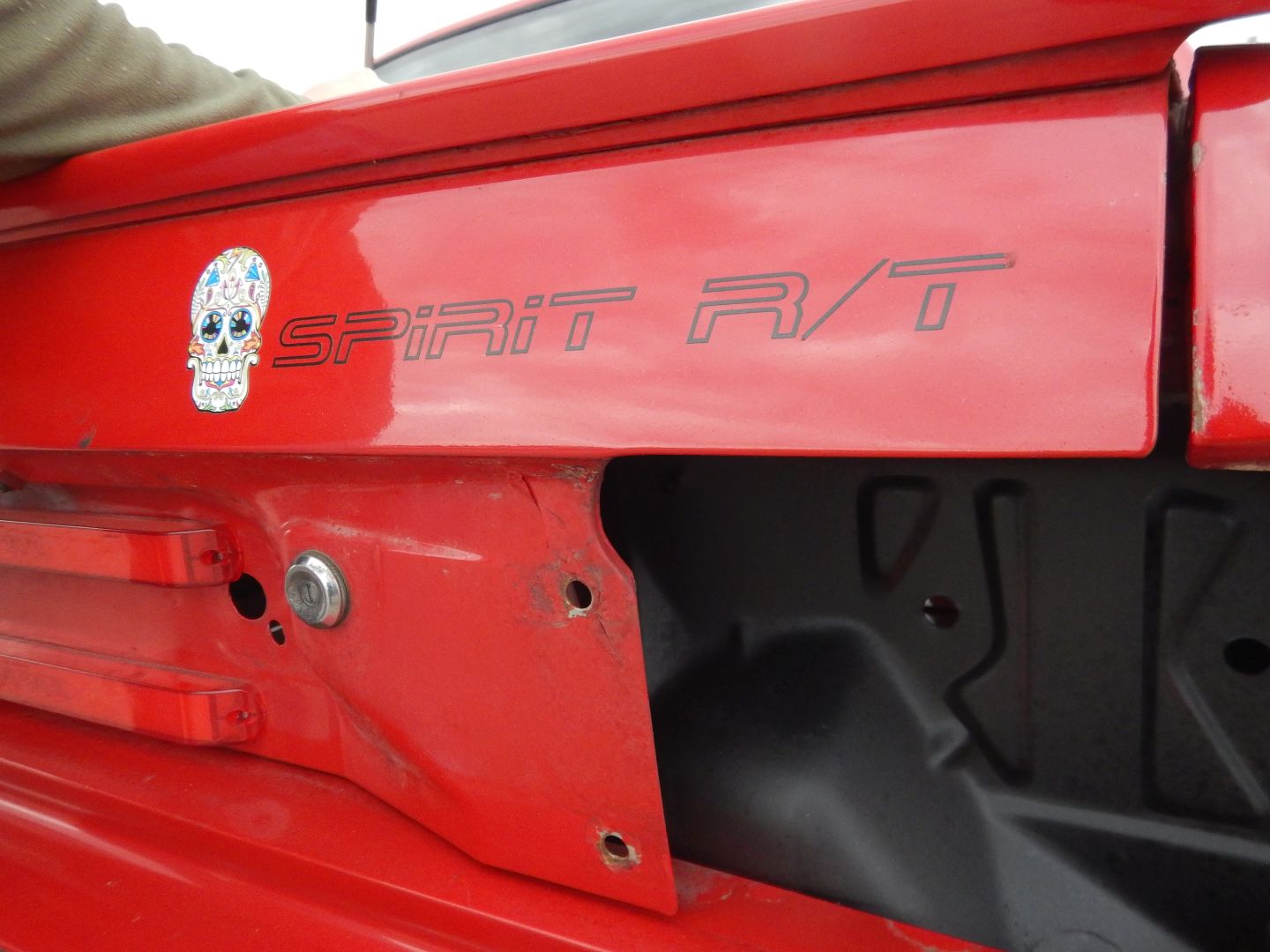
Before introducing the Spirit R/T—which was claimed could outrun a contemporary BMW M3—buyers could check the box for the 150-horsepower 2.5-liter Turbo I engine from 1989-1992. While production was limited of the Turbo III-engined Spirit R/T to a little more than 1,200, Chrysler turbo cars and engines litter the automotive landscape in the U.S. “Turbo Mopar Enthusiasts” assemble them like Legos. And like Legos, the end result for most Turbo Mopars equates to stepping on a sharp corner piece in the middle of the night.
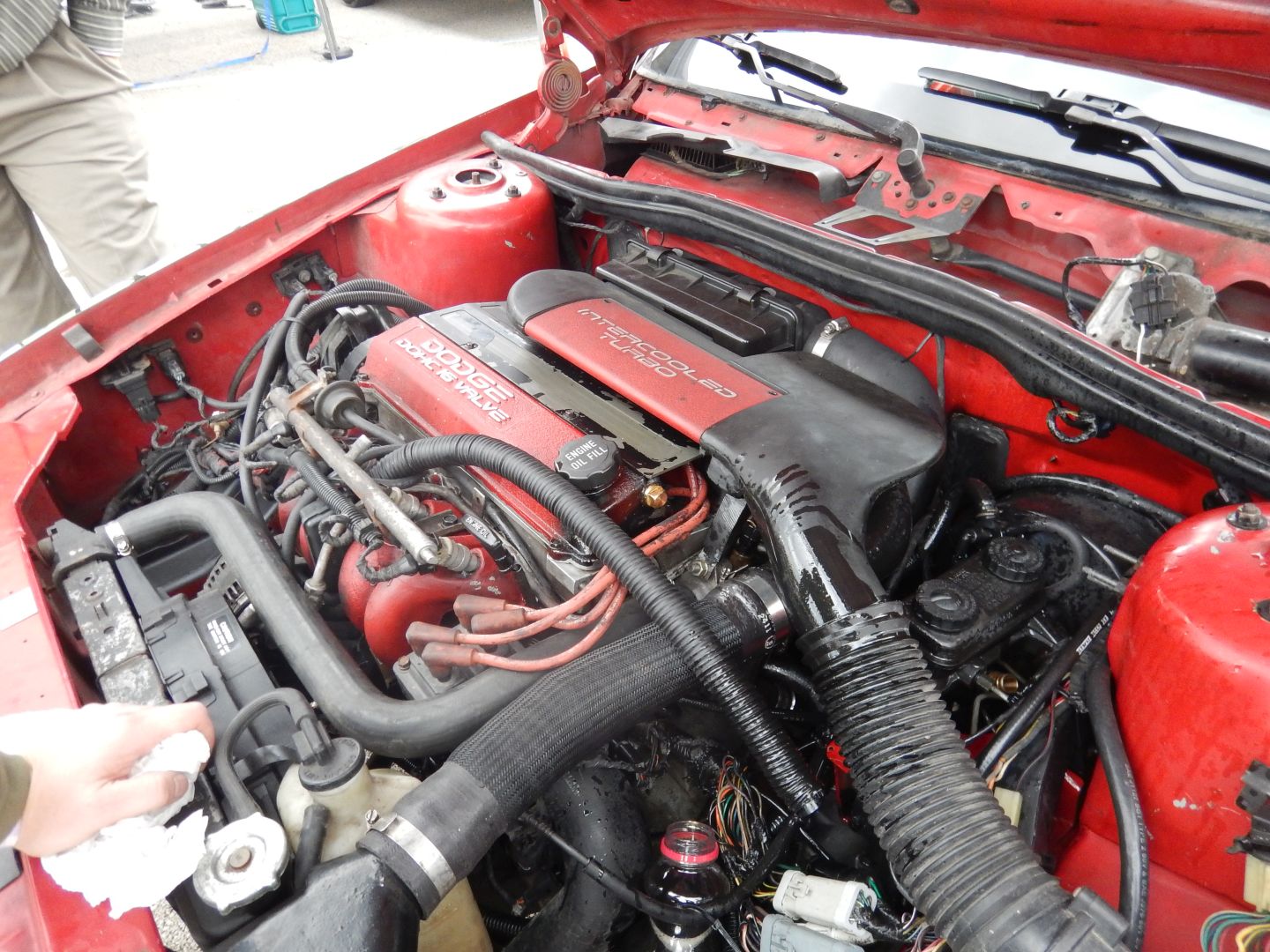
To that end, a Real Honest To Goodness Spirit R/T™ showed up to race at Autobahn Country Club in October 2015. You may assume that it cleaned up on the Taurus SHOs and BMW 3-Series at the race, right? Of course not. The only cleaning up required came from the oil gushing out of the engine into multiple improvised overflow cans that were themselves overflowing. The crapcan Turbo Dodge went away and has yet to return. We might hazard a guess that it has “self-immolated with help” in the intervening time.
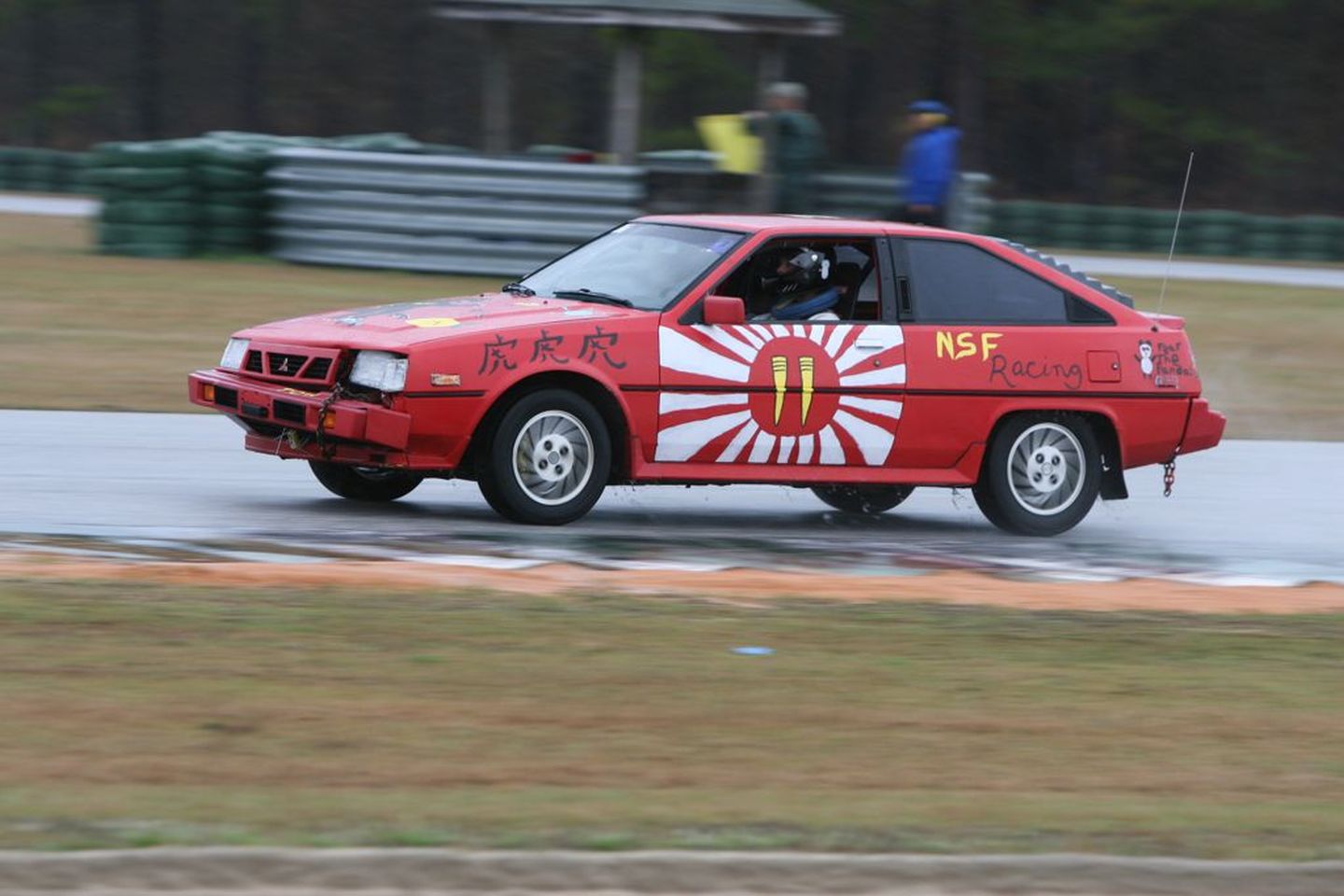
1982-1987 Mitsubishi Cordia/Tredia
While Mitsubishi had built cars for some time and sold them in America in partnership with Chrysler, the first of their own nameplate went to the U.S. market in 1982. Those included the Cordia and Tredia siblings (two- and four-door, respectively) along with the sporty Starion. The Cordia and Tredia both gave Mitsubishi an entrant into the suddenly crowded front-wheel-drive sport coupe market. As they are now, Mitsubishi was a small player in that world, but neither was a total crapcan when new.
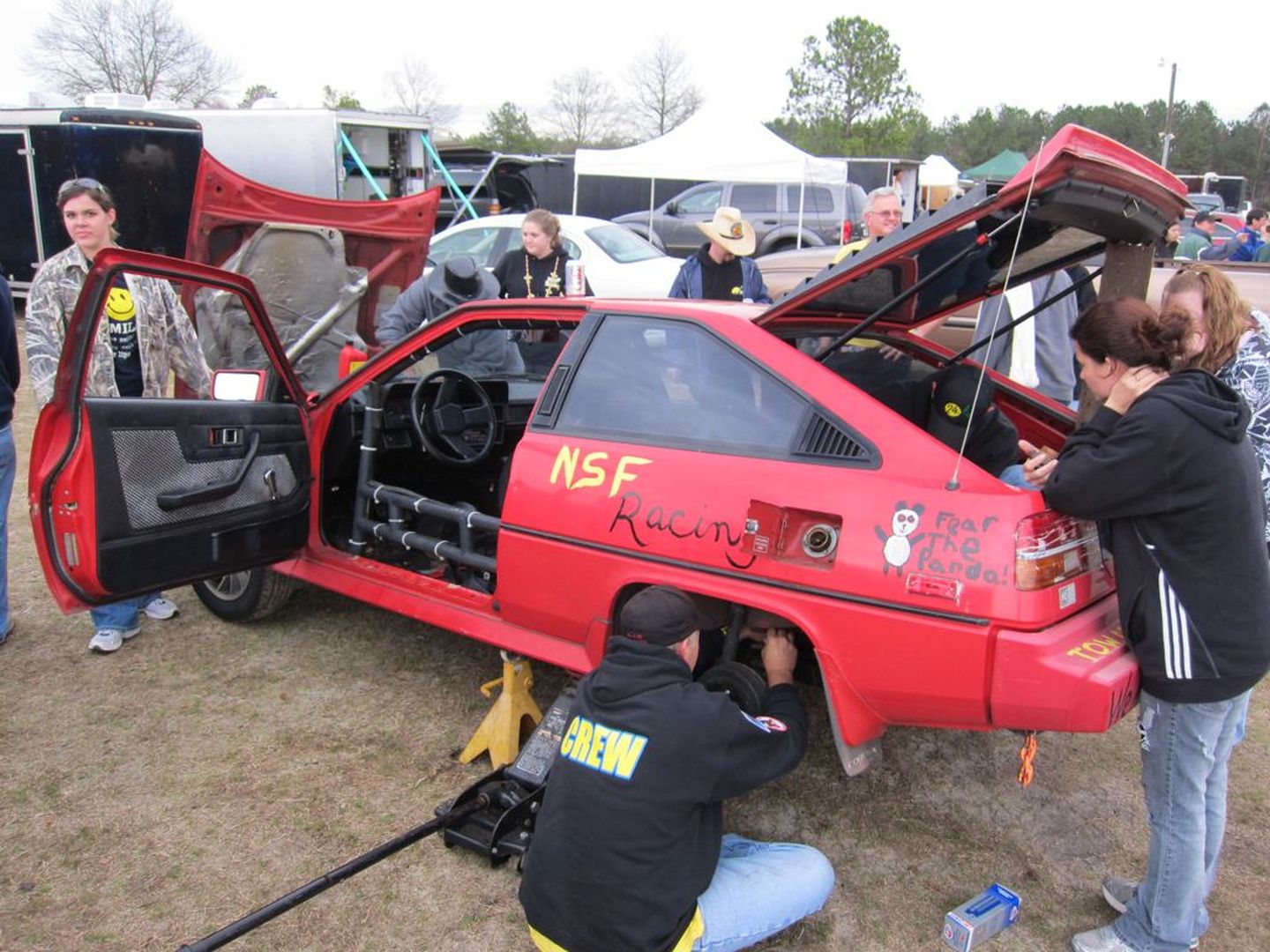
The pedestrian base engines made fewer than 90 horsepower for the whole production run. However, the Turbo versions of that engine got fuel injection and 116 horsepower, which were solid numbers for the time. Like the Chrysler-badged Colt of Mitsubishi origins, the early Cordias and Tredias Turbos had a twin-stick-style “4+4” manual transmission. The Cordia and Tredia—obvious tire jokes aside—never caught on the way other Japanese cars did. Still, they got high marks from Road & Track: “[The Cordia] has good engine performance and responsiveness, a taut feel in the corners, and a stable but comfortable ride.” Maybe it didn’t totally suck. Maybe the reviewer just liked that Mitsubishi let him cane the bejesus out of a brand new beater at Sears Point. Who can say?
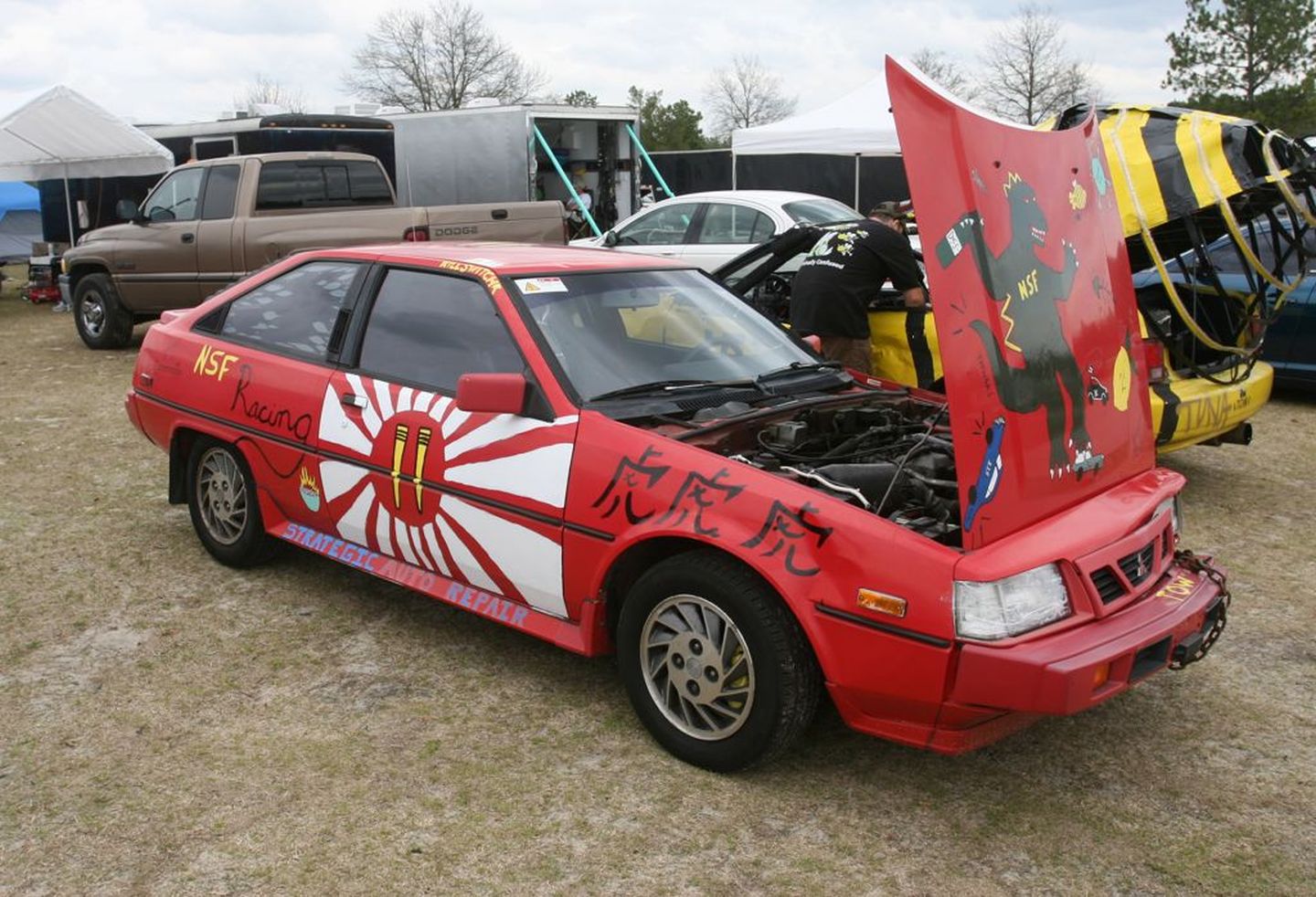
As is the pattern so far here, Lemons has seen just one Mitsubishi Cordia from Florida favorites NSF Racing. The Mopar-heavy NSF’ers dredged up their Cordia Turbo—a later one with a standard five speed manual—at the insisting of Judge Phil and dragged it through a handful of miserable races. Finishing a race, that’s pretty overrated and while the Mitsubishi was unreliable, their crapcan was fun when it worked. So fun, in fact, that at least one NSF team member showed some Stockholm Syndrome affinity for it. Maybe they’ll put it back on the track some day. Even if they do, Lemons racers should dig up the remaining Cordias and Tredias for endurance racing glory.
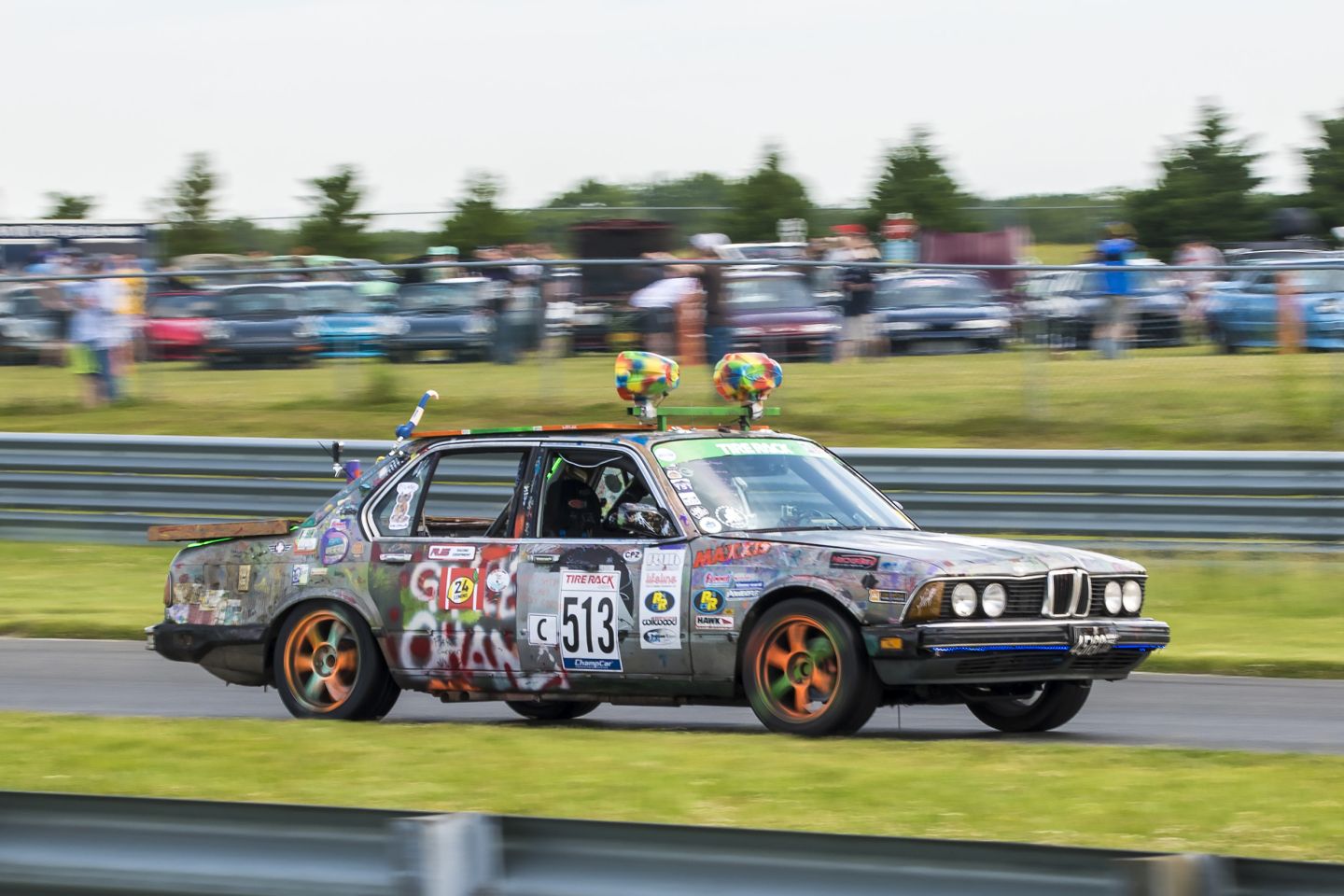
1977-1987 BMW 7-Series (E23)
And now for something completely different! If you insist on racing a BMW, you can do so with reliability and less judicial scrutiny. Just race a Bimmer that is bigger than an E34 5-Series, older than an E30 3-Series, or—ideally—both. And the chassis that most obviously meets those criteria? That is, of course, is the Bavarian Land Yacht E23 7-Series. The super luxury car gave impressive performance for its Malaise Era debut in 1978, which admittedly was a low bar.
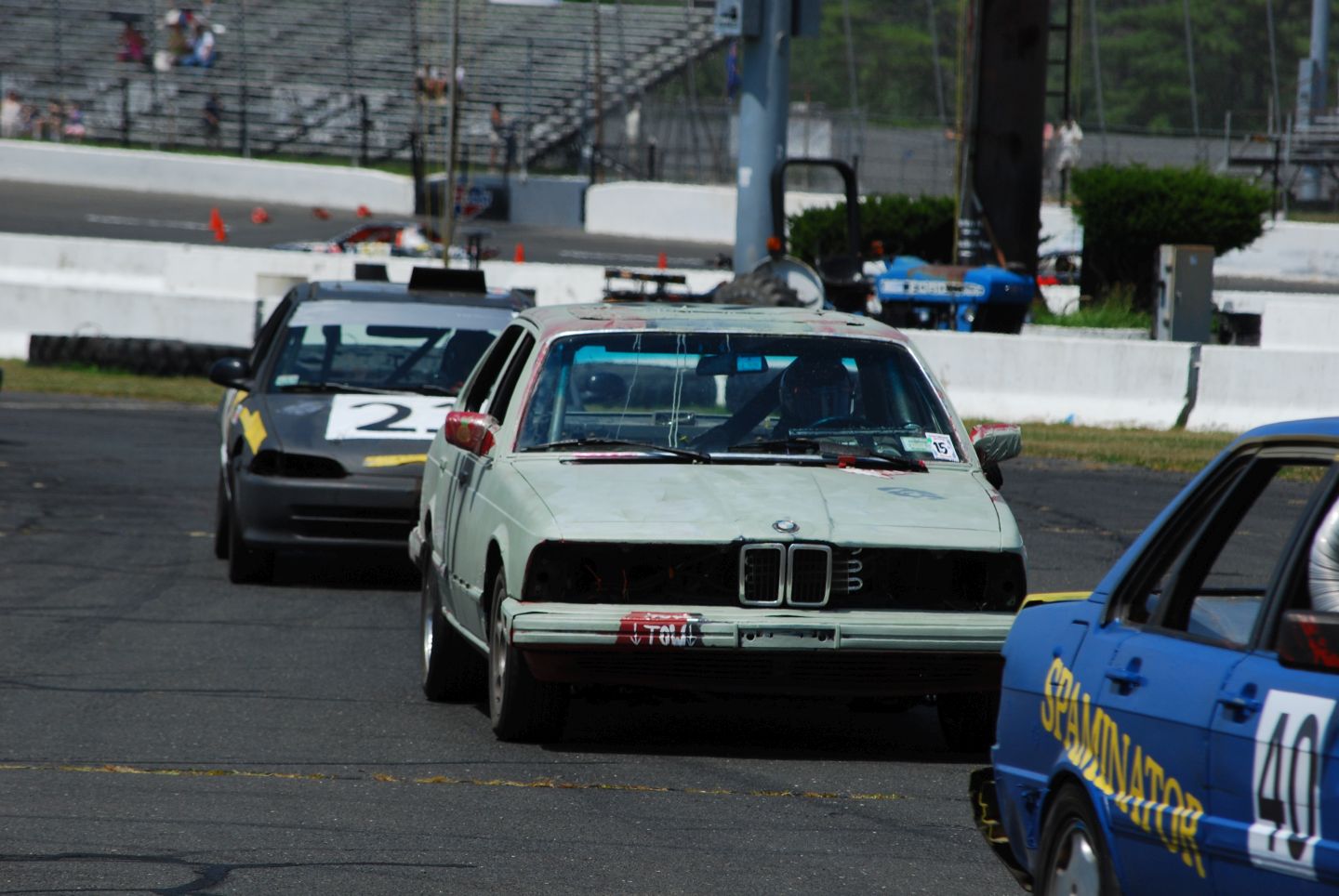
When the E23 showed up stateside in 1977, the 733i model (and the 633CSi) debuted the fuel-injected 3.2-liter version of BMW’s straight-six. For comparison, that M30 engine’s 177 horsepower made only eight fewer ponies than the contemporary Corvette. The four-speed manual transmission got an extra cog in 1981 and four extra horsepower in 1984. In 1985, the 735i replaced the 733i with a torquier 3.4-liter engine. Although BMW moved on from the E23 in 1987, the E23 chassis’ ultra-luxurious L7 model continued through ’87. That L7 came with a price tag north of $46,000 or about $105,000 in today’s money. This makes the L7 some deliciously depreciated Lemons material with an easy theme to execute.
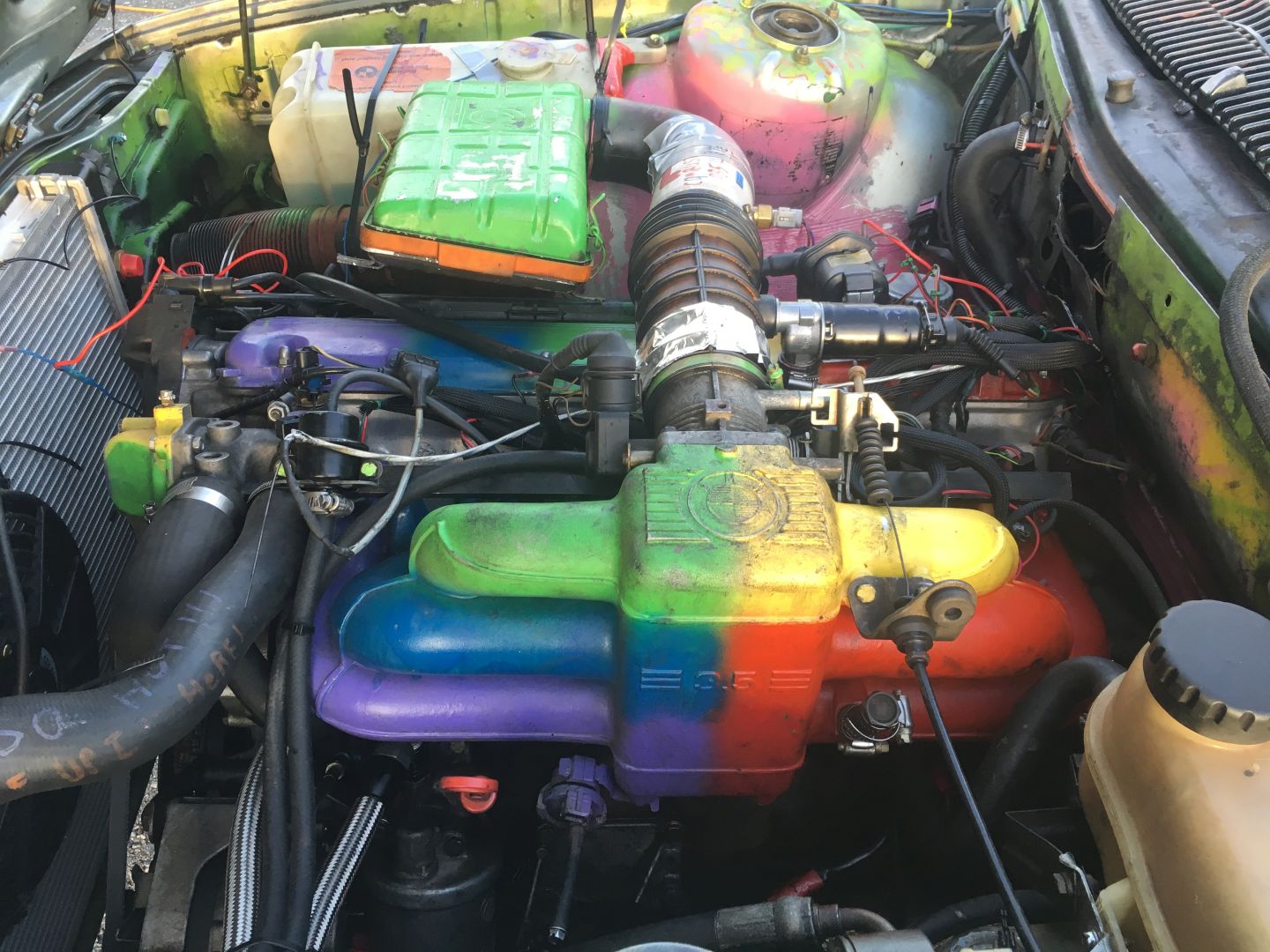
To date, we’ve had a couple of E23 BMWs, notably the recent Racebar. That 735i maybe isn’t great at racing, but the team throw some fantastic parties in the paddock. In addition, a later L7 Depreciation Special has raced a couple of times in Lemons. Neither has threatened anyone seriously for an overall win, but there’s a certain panache to racing an Ultimate Luxury Machine crapcan.
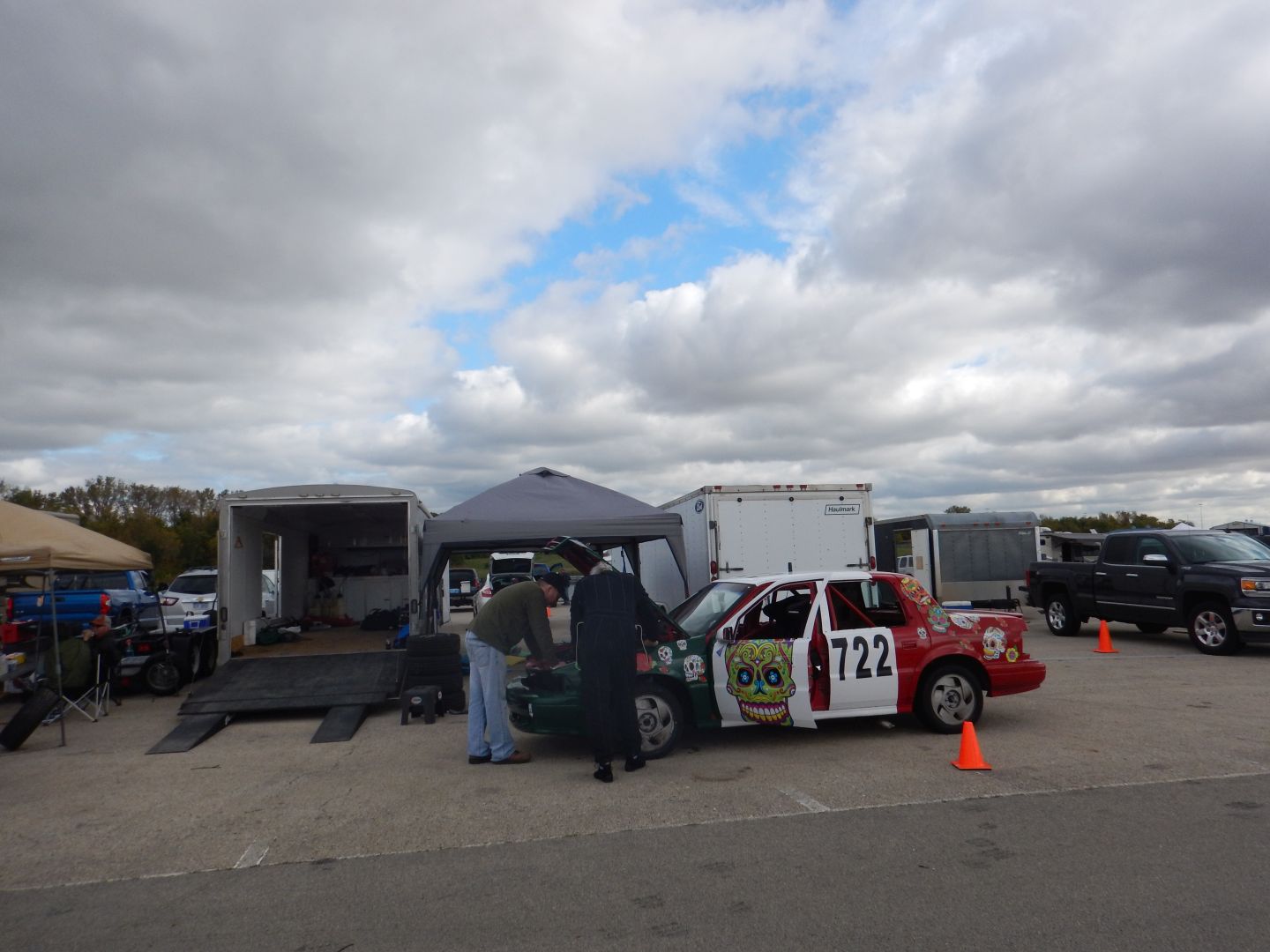
Want more ideas?
As usual, the Lemons Wish Lists offer dozens of cars you can bring to Lemons with little to no scrutiny. Here is a list of lists from which to find your next crapcan:
Lemons Cars We’d Like to See, Part 1
Lemons Cars We’d Like to See, Part 2
Late-Model American Cars We’d Like to See
Lemons Cars We’d Like to See, Part 3
Six More Cars On Our Wish List
Still More Wish List Cars
Weird GM Hatchbacks for Lemons
Even More Wish List Cars
Five American Cars With Imported Engines
7 Cars for Class C Domination
Late-Model Chryslers Tailor-Made for Lemons
